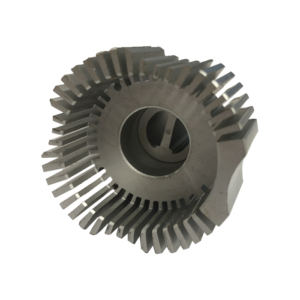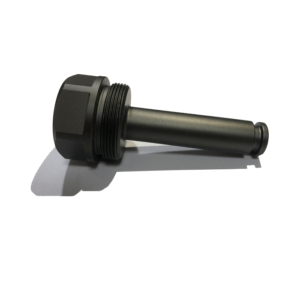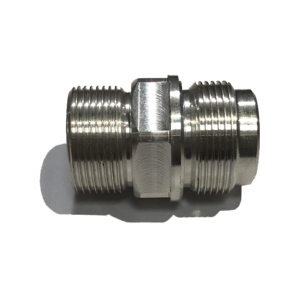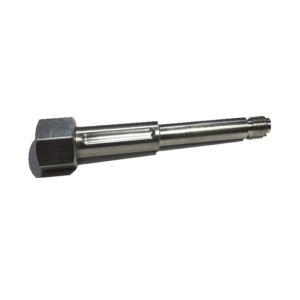Precision CNC 6-Axis Machining
– Your Reliable Manufacturing Partner in China
Based in China, our company offers stable and reliable CNC 6-axis machining services to clients worldwide. We combine advanced multi-axis technology with an experienced engineering team to deliver precision-crafted parts on time and on spec – from one-off prototypes to full-scale production runs. Whether you need a handful of custom components or thousands of units, we ensure consistent quality in every piece. Our commitment to efficiency, quality, and on-time delivery has made us a trusted manufacturing partner across various industries.
Serving Global Clients with Flexible Production Volumes
Whether you require a small batch of parts or a large-scale production run, we have the capacity to meet your needs. Our manufacturing facility can accommodate orders of any size, handling both low-volume lots and high-volume mass production without compromising quality . We routinely work with international clients and ship worldwide, ensuring reliable supply chains through on-schedule production and efficient logistics. From rapid prototypes to long-term supply contracts, our team is adept at scaling production to match your project requirements while maintaining exceptional consistency.
Custom Precision Machining for Diverse Industries
We specialize in custom CNC machining solutions, delivering high-precision parts tailored to your specifications. Our 6-axis capability allows us to produce complex and intricate components that meet the demanding standards of industries such as aerospace, automotive, medical, and electronics. We understand the unique requirements of each sector and adapt our processes to ensure every part is fit for its intended application.
Industries we serve include:
•Aerospace: Lightweight, high-strength components with tight tolerances for aircraft and space applications.
•Automotive: Durable, precision-machined parts for engines, drivetrains, and safety systems.
•Medical: Biocompatible, finely crafted components for medical devices and surgical instruments.
•Electronics: Intricate metal and plastic parts for consumer electronics, telecommunications, and industrial equipment.
By serving such a broad array of industries, we have developed the versatility to tackle virtually any custom machining challenge.
Advanced Equipment and Skilled Technicians Ensure Quality
Quality is ingrained in our process from day one. We operate a fleet of advanced 6-axis CNC machining centers, which give us a greater range of motion for cutting and rotation than conventional machines. This means our cutters can approach the workpiece from virtually any angle, achieving unparalleled accuracy and intricacy in a single setup . With such multi-axis coordination, we can machine complex geometries with consistent precision and stability in each pass. Our skilled technicians – with decades of combined experience – carefully program and monitor every job to ensure exact results. We also implement rigorous quality control at every step (including ISO 9001-certified procedures) to guarantee that every part meets your specifications and our own high standards.
Quick Quotes, Flexible Delivery, and OEM/ODM Support
Time is critical in our industry, so we prioritize responsiveness and flexibility. With efficient 6-axis production that eliminates many manual re-fixturing steps, we significantly reduce machining cycle times . This efficiency allows us to offer fast turnaround options and adapt to tight deadlines without sacrificing quality.
We provide quick, detailed quotations – often within 24 hours – to help you kick-start your project planning. Production schedules are tailored to your needs, whether you require expedited prototypes or coordinated batch deliveries for long-term projects. We also support OEM/ODM services, either strictly following your design specifications or collaborating on custom-engineered solutions to meet your goals . Throughout the process, clear communication and dedicated support ensure your project moves smoothly from initial consultation to final delivery.



